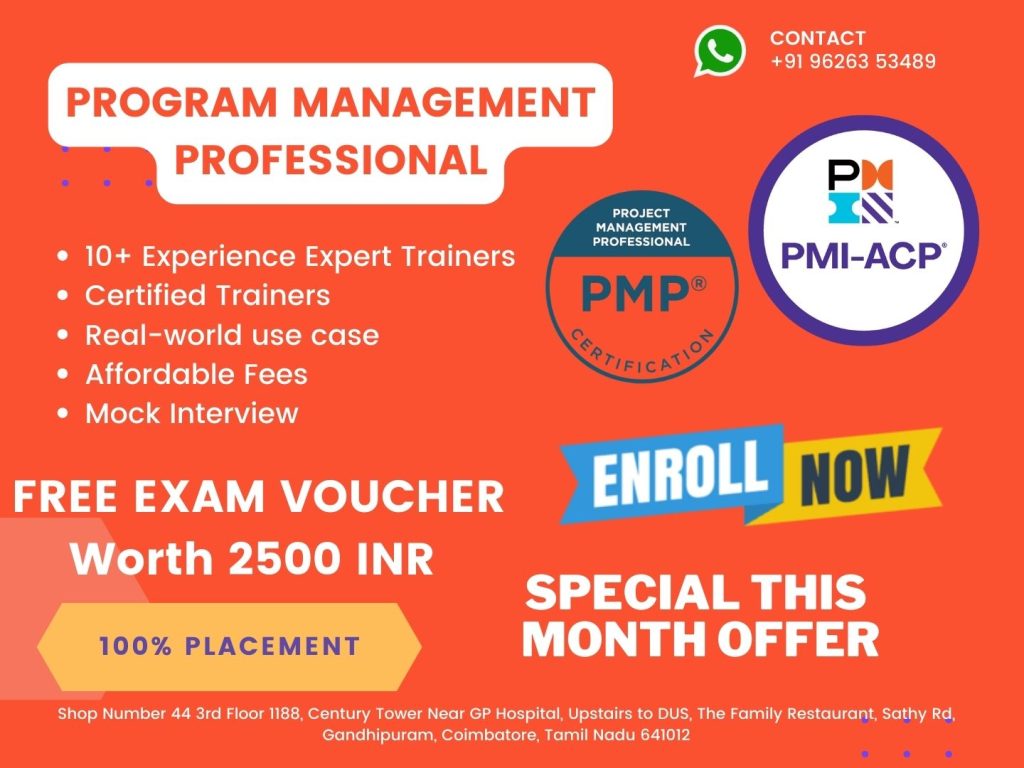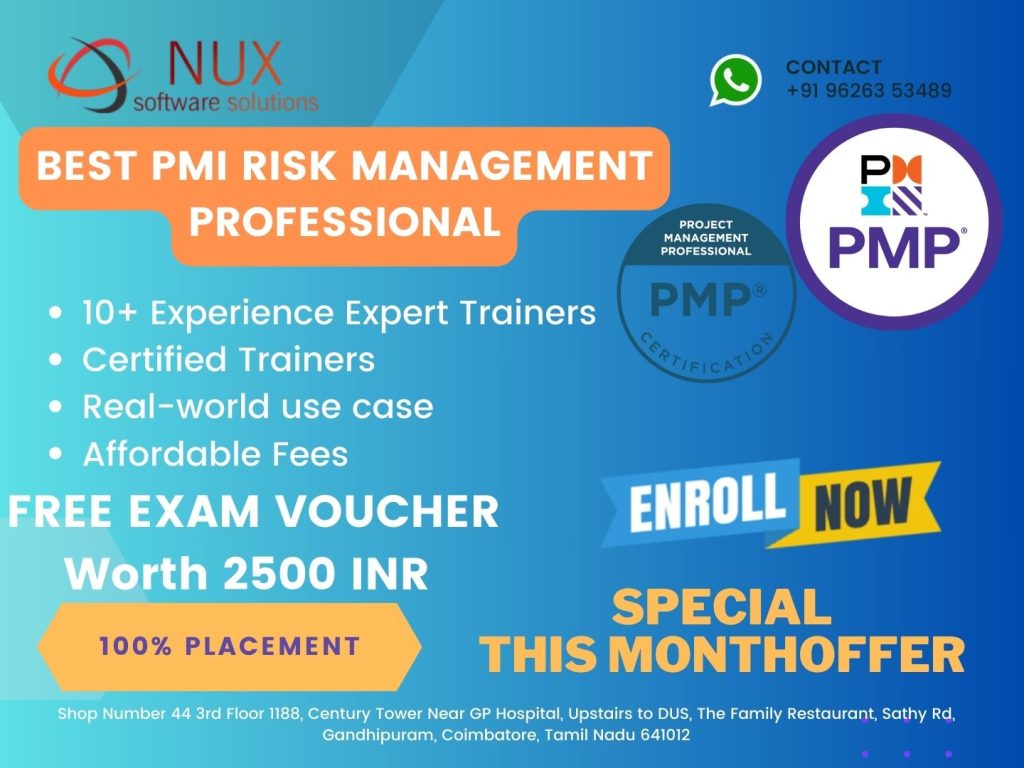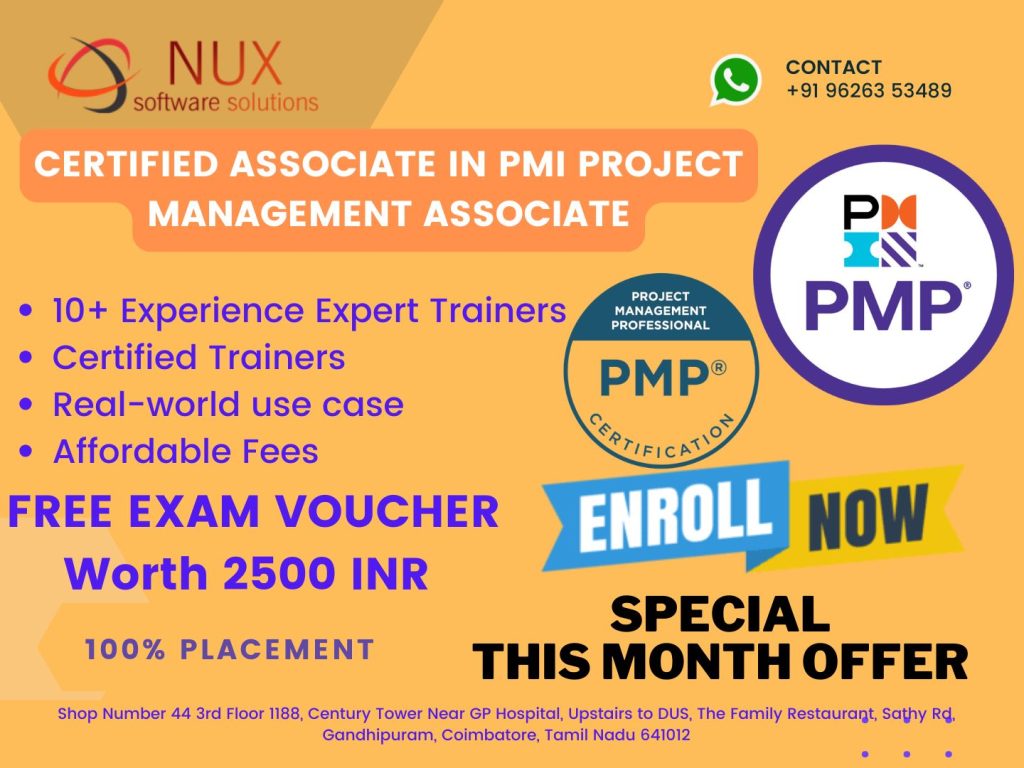PMI Business Analysis Professional Training and certification

Course Summary
The PMI Professional in Business Analysis (PMI-PBA®) certification is a globally recognized credential that demonstrates a professional’s expertise in business analysis, needs assessment, requirements management, and stakeholder collaboration — all essential to successful project outcomes.
This course provides comprehensive training aligned with the PMI-PBA® exam content outline, covering business analysis from strategic alignment through requirements elicitation and validation. It is tailored for professionals working in project environments, especially those who serve as a critical link between stakeholders and solution delivery teams.
Why Choose This Course
As businesses grow more complex, the role of a skilled business analyst becomes central to project and product success. This PMI-authorized training offers:
In-depth coverage of the PMI-PBA domains, tools, and techniques
Real-world case studies, role-play, and scenario-based activities
Expert instruction from PMI-certified professionals
A blend of practical and exam-oriented training
Structured preparation to ensure PMI-PBA® exam readiness
At Linux Training Center, we ensure a rich learning experience that blends theory, practice, and certification guidance.
Who Should Enroll
This course is ideal for:
Business analysts, systems analysts, and process analysts
Project managers who perform business analysis as part of their role
Professionals working in agile, hybrid, or traditional project environments
Consultants and product owners involved in solution design and delivery
Candidates preparing for the PMI-PBA® exam who meet PMI’s eligibility criteria
Skills You Will Gain
Requirements management and traceability
Stakeholder engagement and needs analysis
Business case development and benefit realization
Process modeling and solution validation
Application of analysis techniques across predictive and adaptive projects
Fluency with PMI’s Business Analysis Practice Guide and industry standards
Career Benefits
By completing this course, you will:
Be fully prepared to pass the PMI-PBA® Certification exam
Qualify for high-impact roles like Business Analyst, Requirements Analyst, or Product Analyst
Strengthen your value on cross-functional project teams
Gain recognition as a certified expert in business analysis best practices
Enhance your eligibility for leadership roles in project, product, or portfolio management
Empower Decisions. Drive Results. Become a Certified Business Analysis Professional.
The PMI-PBA® is the gold standard for business analysis professionals working in project teams. Whether you’re advancing your current role or transitioning into a BA-focused career, this course helps you gain clarity, confidence, and credentials.
Enroll now and step into business analysis leadership.
Course Syllabus
Modules
Domain I - Needs Assessment - 18%
Task 1
Define or review a business problem or opportunity using problem and opportunity analysis techniques in order to develop a solution scope statement and/or to provide input to create a business case.
Task 2
Collect and analyze information from a variety of sources using valuation tools and techniques to contribute to determining the value proposition of the initiative.
Task 3
Collaborate in the development of project goals and objectives by providing clarification of business needs and solution scope in order to align the product with the organization’s goals and objectives.
Task 4
Identify stakeholders by reviewing goals, objectives, and requirements in order that the appropriate parties are represented, informed and involved.
Task 5
Determine stakeholder values regarding the product, using elicitation techniques in order to provide a baseline for prioritizing requirements.
Domain II - Planning - 22%
Task 1
Review the business case, and the project goals and objectives, in order to provide context for business analysis activities.
Task 2
Define strategy for requirements traceability using traceability tools and techniques in order to establish the level of traceability necessary to monitor and validate the requirements.
Task 3
Develop requirements management plan by identifying stakeholders, roles and responsibilities, communication protocols, and methods for eliciting, analyzing, documenting, managing, and approving requirements in order to establish a roadmap for delivering the expected solution.
Task 4
Select methods for requirements change control by identifying channels for communicating requests and processes for managing changes in order to establish standard protocols for incorporation into the change management plan.
Task 5
Select methods for document control by using documentation management tools and techniques in order to establish a standard for requirements traceability and versioning.
Task 6
Define business metrics and acceptance criteria by collaborating with stakeholders for use in evaluating when the solution meets the requirements.
Domain III - Analysis - 35%
Task 1
Elicit or identify requirements, using individual and group elicitation techniques in order to discover and capture requirements with supporting details (e.g., origin and rationale).
Task 2
Analyze, decompose, and elaborate requirements using techniques such as dependency analysis, interface analysis, and data and process modeling in order to collaboratively uncover and clarify product options and capabilities.
Task 3
Evaluate product options and capabilities by using decision-making and valuation techniques in order to determine which requirements are accepted, deferred, or rejected.
Task 4
Allocate accepted or deferred requirements by balancing scope schedule, budget, and resource constraints with the value proposition using prioritization, dependency analysis, and decision-making tools and techniques in order to create a requirements baseline.
Task 5
Obtain sign-off on requirements baseline using decision-making techniques in order to facilitate stakeholder consensus and achieve stakeholder approval.
Task 6
Write requirements specifications using process (such as use cases, user stories), data, and interface details in order to communicate requirements that are measurable and actionable (that is, suitable for development).
Task 7
Validate requirements using tools and techniques such as documentation review, prototypes, demos, and other validation methods in order to ensure requirements are complete, accurate and aligned with goals, objectives, and value proposition.
Task 8
Elaborate and specify detailed metrics and acceptance criteria using measurement tools and techniques for use in evaluating whether the solution meets requirements.
Domain IV - Traceability and Monitoring - 15%
Task 1
Track requirements using a traceability artifact or tools, capturing the requirements' status, sources and relationships (including dependencies), in order to provide evidence that the requirements are delivered as stated.
Task 2
Monitor requirements throughout their lifecycles using a traceability artifact or tool in order to ensure the appropriate supporting requirements artifacts (such as models, documentation, and test cases) are produced, reviewed and approved at each point in the lifecycle.
Task 3
Update a requirement’s status as it moves through its lifecycle states by communicating with appropriate stakeholders and recording changes in the traceability artifact or tool in order to track requirements towards closure.
Task 4
Communicate requirements status to project manager and other stakeholders using communication methods in order to keep them informed of requirements issues, conflicts, changes, risks, and overall status.
Task 5
Manage changes to requirements by assessing impacts, dependencies, and risks in accordance with the change control plan, and comparing to the requirements baseline in order to maintain the integrity of the requirements and associated artifacts.
Domain V - Evaluation - 10%
Task 1
Validate the solution's test results, reports, and other test evidence against the requirements acceptance criteria in order to determine whether the solution satisfies the requirements.
Task 2
Analyze and communicate the solution's identified gaps and deltas using quality assurance tools and methods in order to enable stakeholders to resolve discrepancies between solution scope, requirements, and developed solution.
Task 3
Obtain stakeholder sign-off on the developed solution using decision-making techniques in order to proceed with deployment.
Task 4
Evaluate the deployed solution using valuation techniques in order to determine how well the solution meets the business case and value proposition.
Knowledge Specific to PMI-PBA
- Both PMI and veterans who’ve earned multiple certifications maintain that the best preparation for a PMI-PBA professional certification exam is practical experience, hands-on training, and practice exams. This is the most effective way to gain an in-depth understanding of PMI Business Analysis concepts. When you understand techniques, it helps you retain PMI Business Analysis knowledge and recall it when needed.



